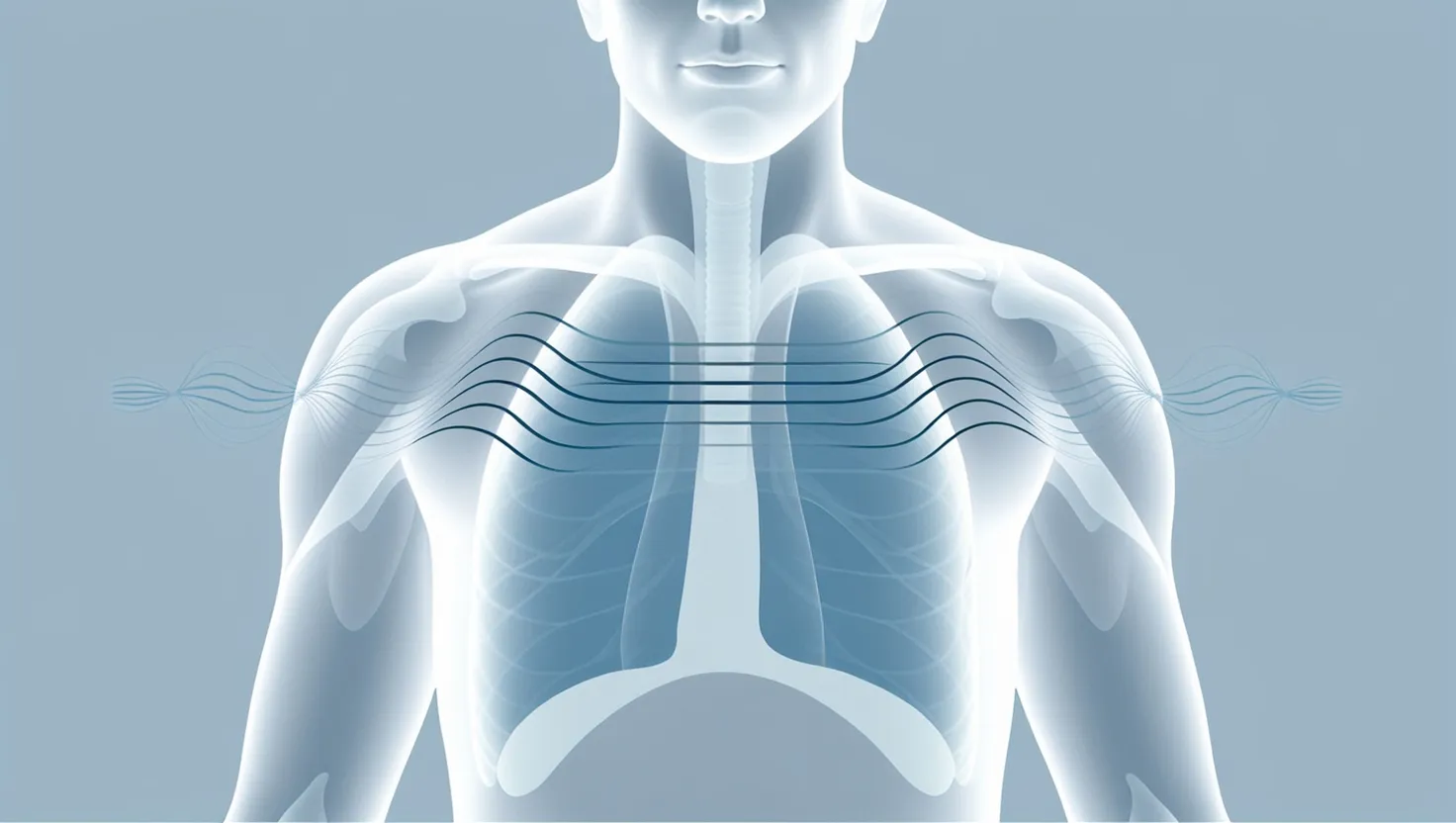Have you ever stopped to wonder what sounds reside beneath our conscious hearing? Not the everyday buzzing in your ear or the distant hum of traffic lingering outside your window. I’m talking about something far stranger—a hidden orchestra within, impossible to explain by what we know about the body, yet documented in both clinical settings and scientific studies. These aren’t your ordinary medical mysteries; they challenge ideas as basic as “What is a sound?”, and “How does the body make it?”
Imagine, for a moment, hearing a full choir resonating in your chest, or the hallmarks of a piano melody repeating just beneath your breastbone. Some patients have described waves crashing inside, or even the gears of invisible machinery grinding gently under the ribs. These aren’t just perceptions. In rare cases, equipment has actually picked up the faint echoes of those sounds, vibrating gently from within. If sound waves can emerge from bodies without any clear source, what does that say about how we’re wired?
I’ve read through case reports spanning decades, describing individuals from every imaginable background—young and old, athletes and academics—who all share in these strange, vivid internal concerts. It’s tempting to lump these phenomena with auditory hallucinations, which are well-studied in psychiatry and neurology. But those typically trace back to brain anomalies, seizures, or mental illness. Here, neurological scans are just as ordinary as yours or mine, and the phenomena persist even during deep sleep, when consciousness can’t invent the sensation.
Here’s a question worth considering: If the brain isn’t “making up” these sounds, and the body shows no signs of abnormality, could there be a mechanism we’ve simply overlooked? Medical explanations always start with muscle contractions, blood vessel pulsations, and known auditory phenomena. They’re logical first avenues, but they unravel on closer inspection. Muscle and vessel sounds are usually simple and fleeting, not beautifully patterned or persistently melodic. Furthermore, researchers have ruled out known neurological triggers.
The real twist comes when scientists bring in advanced technology—laser vibrometry, ultrasonic imaging, and sensitive microphones. I’m struck by what they report. The tools confirm that those mysterious sounds aren’t just experienced internally; they actually extend into the world as faint but measurable vibrations from specific areas such as the chest or near the sternum. Yet, when doctors peer inside, nothing appears out of the ordinary. There’s no odd tissue, no extra glands, and no signs of increased energy use or heat, as you’d expect if something were producing sound with the body’s own power.
“Music is the divine way to tell beautiful, poetic things to the heart.” — Pablo Casals
This invites another compelling question: Is it possible the body can, through some undiscovered biophysical mechanism, act as a sound generator or amplifier in ways science hasn’t yet mapped? Some radical theories suggest there could be organs or tissue types that use piezoelectric effects—converting tiny electrical charges in bone or protein into vibrations strong enough to be heard. Other researchers imagine that internal cavities could act as resonating chambers, amplifying faint metabolic noises into audible forms. But these remain speculative: current anatomy texts include no mention of “bioacoustic organs.”
It’s worth noting that people affected share no evident connection—not genetics, not lifestyle, nor environmental conditions. The phenomenon can appear in anyone, anywhere. This randomness adds another layer of mystery. If it was just a symptom of aging or ear damage, we would expect commonalities. Instead, some people develop these phantom choruses without even mild hearing loss, sometimes at the height of health.
The sounds can last for years, vanishing as mysteriously as they began. During these periods, those affected sometimes describe how the experience shapes their sense of self. Is it merely another oddity, or might it signal hidden capacities in the body? “Those who danced were thought to be quite insane by those who could not hear the music.” — Friedrich Nietzsche
Suppose for a moment that the origins of these phenomena are neither hallucination nor mechanical failure but something altogether new. The implications stretch beyond simple curiosity. If humans possess built-in, latent abilities for internal sound creation, what systems or sensory experiences might we not yet understand? Could there be mechanisms in the body that produce not just sound, but variations in perception, consciousness, or communication we haven’t yet discovered?
As I explore the literature, I keep returning to the delicate dance between physics and biology in these cases. To produce audible sound, tissues would need to move in patterned ways, using energy—yet tests don’t show increased metabolism, warmth, or strain. This leaves us searching for an explanation that fits within known physical laws while accommodating new facts. In medicine, such paradoxes often provoke leaps in understanding. The discovery of electrical activity in the heart, mapped as the EKG, once seemed unthinkable. Could the phantom chorus represent another threshold?
“It is the province of knowledge to speak, and it is the privilege of wisdom to listen.” — Oliver Wendell Holmes
The classic approach in science might urge us to gather more data, hunt for anatomical connections, or trace inheritance. Yet, perhaps we should also consider more unconventional perspectives. Some experts have suggested that the phenomenon resembles “auditory phosphenes”—the way people sometimes see flashes of light in darkness, produced not by the eyes but by spontaneous activity in the visual system. Could there be a comparable “auditory phosphene,” amplified and echoed by our own tissues?
Are you beginning to see the puzzle as I do? Modern medicine is forced to confront basic questions about physiology: Can flesh and bone ring like a bell, under the right conditions? If so, what triggers these events, and why are only a few chosen by chance to hear music from within?
This mystery also hints at how much we may not know about everyday sensation and the body’s capacity for creativity. Our internal experience—the quiet, private world most people never question—could be more vivid, more active, and more complex than anyone suspects. Perhaps, buried deep in our cells, are mechanisms—shaped by evolution or random chance—that spring into action only under rare combinations of conditions, years after the known senses should have fallen silent.
If I had to guess what the future holds, it’s that further investigation into these phantom choruses could open entirely new ways of thinking about human perception. It may even suggest applications in sound therapy, neuroscience, or the design of medical devices. If we listen carefully, what else might the body reveal?
“Where words fail, music speaks.” — Hans Christian Andersen
It’s easy to dismiss these rare cases as quirks or coincidences, but history suggests that today’s anomaly is often tomorrow’s breakthrough. The human body, ever mysterious, might hold many more secrets about sound, sensation, and consciousness than we dare imagine. As research continues, I encourage you to keep questioning: If the body can sing, what song, yet unheard, might it play for us next?






